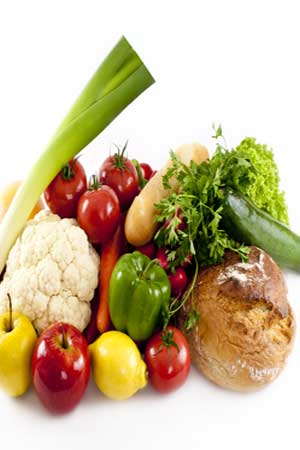How to Read Food Labels
If you are concerned about your nutrition it is critical that you read the labels on all the food you buy in order to know clearly and accurately just what is in each of those foods, and how much of each of these ingredients.
Reading food labels is the most effective way of determining the right kind of food you should be buying in the supermarket. It lets you make sensible food selections. Through the “Nutrition Facts” section on the packaging in the grocery, you should be able to identify the number of serving sizes provided in that product.
In addition, with food labels, you can clearly understand the amount and kinds of nutrients that are provided in the item. Usually, it contains the information on saturated fat, sodium, total fat, fiber, and cholesterol amount “per serving.”
However, understanding and reading these food labels can at times be very confusing.
To further have a clear and more comprehensive understanding of the items stated in the food label, here is a list of things that you need to know:
1. Serving size
This is the primary item you will see in a food label.
The amount of servings stated in the food label refers to the quantity of food people usually consume. However, this does not necessarily mean that it reflects your very own amount of food intake.
2. Nutrients
This refers to the list of available nutrients in a particular item. It is also where the nutritional claims of the product based on the recommended daily dietary allowance are stated. Usually, the nutritional amounts are based on both the 2,500-calorie diets and the 2,000 recommended dietary allowances.
In order to understand the numeric value of each item, you should know that the “% daily value” that the food label indicates is actually based on how a particular food corresponds to the recommended daily dietary allowance for a 2,000 calorie.
3. Ingredients
This refers to the list of the ingredients that were used in manufacturing the product. The listing is usually arranged from the main ingredients that have the greater amount by weight down to the smallest quantity. That is, the actual quantity of the food includes the biggest quantity of the main ingredient or the first item and the minimum amount of the very last ingredient.
4. Label claim
This refers to the kinds of nutritional claims that may appear on a particular food item. For example, if an item says it is sodium-free, it has less than 5 milligrams per serving or a low fat item actually contains 3 grams of fat or less.
Agreed, reading food labels can be very tedious and confusing but once you understand what the food label is listing, it makes it easier for you to watch your diet because you can control the amount of food that you eat.
-
Acai Berry - Antioxidant And Weight Loss Activity In One Supplement
Over the years, Acai Berry has gained a reputation throughout the worl
-
5 Tricks To Tame Your Appetite
(BlackDoctor.org) – You’re doing everything you can to
-
7 Non-Stressful Weight Loss Methods
Losing weight may prove to be quite a challenging activity for most pe
-
Get Off Those Unwanted Pounds By Following This Great Advice!
The role of fitness is to help you feel
-
The Truth Is Not In Their Drug
You may have heard about some of testosterone’s benefits in ads and co
-
Phentermine Diet And Weight Loss
Phentermine, like galore even more prescription drugs, works chemicall
- DON'T MISS
- Advice And Information To Help You To Lose Weight
- Losing Weight and Heightening Self-Esteem
- The Dirty Dozen - Organic vs. Conventional Fruits & Vegetables
- Say Hello To The New You With The Effective Slim Fast Diet Plan
- 3 Ways to Reduce Stubborn Face Fat
- Low Calorie Diet The Natural Way
- A Low-Carb Diet and Workout Combo to Burn Body Fat
- Putting a Price on the Fat Burning Furnace
- Are You Supposed to be Fat?
- Successful Weightloss Pointers




